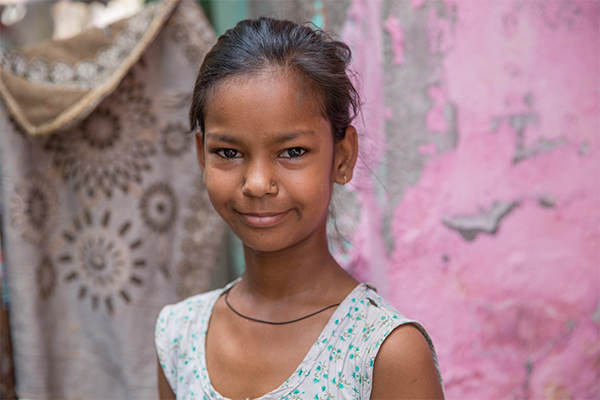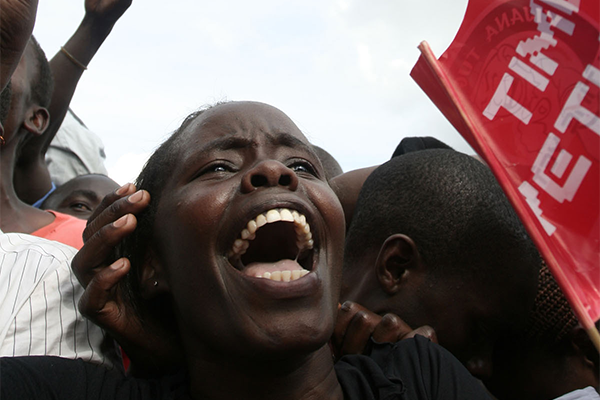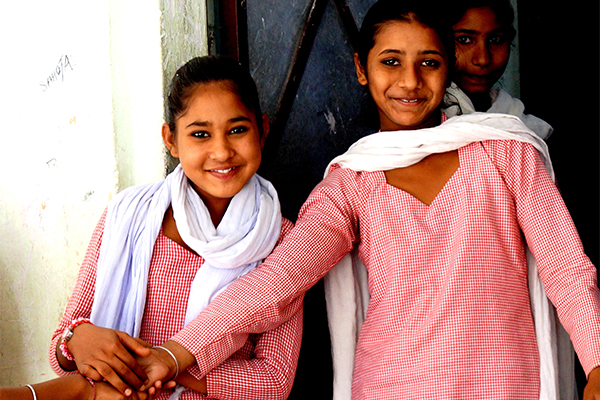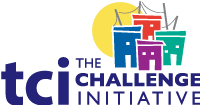AYSRH Toolkit
Demand Generation for Youth- Home
- Help and Support
- Close
- Toolkits
- Global Toolkit
- AYSRH Toolkit
- Hub Toolkits
- Core High-Impact Practices
- Gender Essentials Mini Course
- Close
- Resource Collection
- Community of Practice
- Coaching
- Log In/Register
- My Profile
- English
Youth Audience Segmentation
What is it?
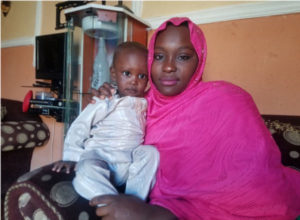 Youth living in urban settings have intersecting identities related to their age, marital status, education attainment, economic status, religion, gender, parenthood and ethnicity [See Figure 1]. In all cultures and contexts, these identities impact young people’s sexual and reproductive health (SRH) behaviors, including their frequency of sexual activity, accurate knowledge of contraceptive methods, barriers in accessing contraceptives and the strength of the support system they have to navigate the health system. Community norms tied to avoiding premarital sex or proving fertility soon after marriage often influence whether or not a young person may feel empowered to access contraceptives, as well as which method they access. In essence, there is no “one-size-fits-all” model for adolescent and youth sexual and reproductive health (AYSRH) programming, and it is critical to adapt interventions to best reach different youth sub-groups.
Youth living in urban settings have intersecting identities related to their age, marital status, education attainment, economic status, religion, gender, parenthood and ethnicity [See Figure 1]. In all cultures and contexts, these identities impact young people’s sexual and reproductive health (SRH) behaviors, including their frequency of sexual activity, accurate knowledge of contraceptive methods, barriers in accessing contraceptives and the strength of the support system they have to navigate the health system. Community norms tied to avoiding premarital sex or proving fertility soon after marriage often influence whether or not a young person may feel empowered to access contraceptives, as well as which method they access. In essence, there is no “one-size-fits-all” model for adolescent and youth sexual and reproductive health (AYSRH) programming, and it is critical to adapt interventions to best reach different youth sub-groups.
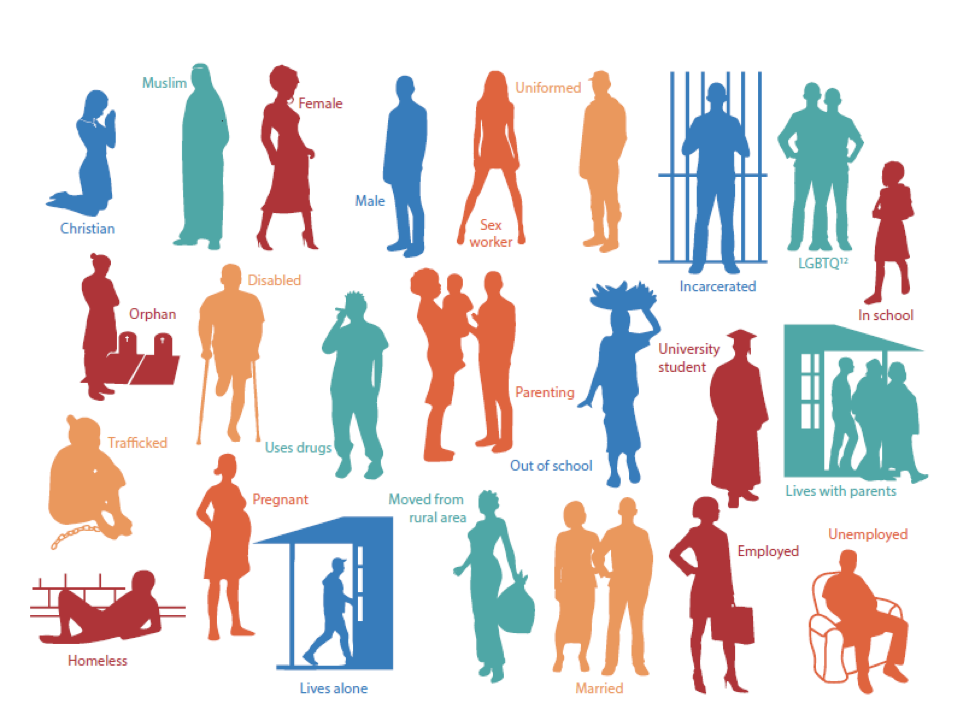
Figure 1. Urban Youth Sub-Groups, Urban Adolescent SRH SBCC Implementation Kit, Johns Hopkins Center for Communication Programs (CCP) & USAID
What Are the Benefits?
- Identify youth sub-groups most in need for the greatest impact. Given time and financial restraints, AYSRH programs can use this approach to identify which youth sub-groups have the highest unmet need for modern contraceptives and design a focused program to reach them. In Kenya, where the teenage pregnancy rate has been increasing, TCI’s AYSRH program focuses on increasing contraceptive knowledge and use among unmarried adolescent girls, as well as their male partners. TCI also assists local governments to strengthen postpartum family planning counseling for young mothers in an effort to prevent rapid, repeat pregnancies.
- Tailor approaches and messaging to different sub-groups, and their influencers, to improve effectiveness. Importantly, once a program has identified its priority audience, it can tailor its messaging and approaches to best reach this audience as well as government, religious and community leaders. In Nigeria, TCI branded its AYSRH program “Life Planning for Adolescents and Youth (LPAY)” to position contraceptive knowledge and access as a way to prepare youth for their transition into adulthood. It equipped a cadre of LPAY ambassadors to advocate to government officials, religious leaders and community members with messages tailored to address community misconceptions around youth access to contraceptives. The LPAY ambassadors, along with civil society partners, facilitate intergenerational dialogues between youth and older generations in TCI-supported communities to discuss issues around SRH in an open and constructive way.
How to Implement?
Step 1: Conduct formative research to understand contraceptive behaviors of different youth sub-groups
A program must first conduct a landscape analysis to understand the SRH behaviors and needs of a youth population by triangulating data from available sources (i.e., Demographic Health Surveys, Health Management Information Systems, and recent surveys) and conducting initial formative research, typically in the form of key informant interviews or focus group discussions. The latter is important in youth SRH programming, as there is often a lack of available data on the SRH behaviors and needs of different youth sub-groups. This data should inform which youth sub-groups the program should focus on to have the greatest impact, what their unique needs are, how best they can be reached and which messages will resonate.
In AYSRH programming, at a minimum, implementers should use data to determine the contraceptive use and SRH behaviors among the following subgroups: male and female; unmarried and married; ages 10-14, 15-19 and 20-24; and zero parity and low parity.
Step 2: Decide which priority youth sub-groups your AYSRH program will focus on
Based on the outcomes of the landscape analysis as well as time and budget considerations, the next step is to decide which sub-group(s) your AYSRH program will focus on. Important considerations in this phase are the size of different audiences (e.g., Is this group too small to create major change?), their accessibility and the time and effort it will take to change their behavior given program priorities, political and sociocultural sensitivities and entrenched norms.
Step 3: Conduct an audience segmentation analysis
Once the priority audience is identified, the next step is to conduct an audience analysis to better understand their values, behaviors and influences. An excellent resource to reference at this stage is the Audience Analysis How-to Guide from USAID.
Step 4: Engage youth and critical stakeholders from identified sub-group(s) to develop a comprehensive demand generation strategy
The next step is to develop a communication strategy based on your audience analysis, including information about your priority audiences (characteristics, motivations, values), key messages to inform material development and which channels the priority audience will be most receptive to (e.g., peer-to-peer communication, radio, WhatsApp or community events). It is important to engage representatives from the priority audience and stakeholders in this stage to field-test the key messages.
In India, TCIHC decided to first focus on reaching young, first-time parents to increase spacing between births. The evidence showed that health outcomes for mothers and babies were significantly better if they waited two years between pregnancies. TCIHC partnered with local governments to coach Accredited Social Health Activists (ASHAs) on how to counsel first-time mothers and fathers, women seven to eight months pregnant or immediately postpartum, and decision-makers in the family, such as in-laws and parents. Contraceptive use barriers for young mothers in India may include a lack of spousal support for contraceptives, pressure from family members to have children and insufficient knowledge of the benefits of contraceptives as well as common side effects. ASHAs planned household visits to provide tailored messaging and family planning counseling, which took into account these constraints young married women face in deciding whether or not to use a method.
What Is the Evidence?
In 2013, the Hewlett Foundation and the Nigerien Ministry of Health partnered with Camber Collective to conduct an advanced audience segmentation analysis to understand the family planning wants and needs of different sub-groups in Niger. The results were used to develop and pilot a series of rapid assessment tools for community health workers (CHWs) to use to personalize messages based on clients’ specific wants and needs during household visits in Maradi and Tillabéri. Evaluation data collected during monthly visits with CHWs and family planning clients found that trained CHWs were able to successfully incorporate the tool into their work; those women who received counseling from them were more knowledgeable, satisfied (i.e., would want the same counselor), and more open to using a modern method of family planning.
TCI APP USERS PLEASE NOTE
You will only receive CERTIFICATES by email – when earning a score above 80% – and will not be able to view or print a certificate PDF from the TCI app.
Test Your Knowledge
Earn a Certificate
Quiz Summary
0 of 5 Questions completed
Questions:
Information
You have already completed the quiz before. Hence you can not start it again.
Quiz is loading…
You must sign in or sign up to start the quiz.
You must first complete the following:
Results
Results
0 of 5 Questions answered correctly
Your time:
Time has elapsed
You have reached 0 of 0 point(s), (0)
Earned Point(s): 0 of 0, (0)
0 Essay(s) Pending (Possible Point(s): 0)
Categories
- Not categorized 0%
- 1
- 2
- 3
- 4
- 5
- Current
- Review
- Answered
- Correct
- Incorrect
-
Question 1 of 5
1. Question
Intersecting identities for youth can include their:
CorrectIncorrect -
Question 2 of 5
2. Question
What is a benefit of youth audience segmentation?
CorrectIncorrect -
Question 3 of 5
3. Question
Important considerations for deciding how to prioritize sub-groups of youth include:
CorrectIncorrect -
Question 4 of 5
4. Question
How useful did you find the information and/or tools presented on this page? Please write your response in the box below using one of the following phrases: Very useful, Useful, Somewhat useful, Not useful.
Feel free to comment on why you made that choice.
-
This response will be awarded full points automatically, but it can be reviewed and adjusted after submission.
Grading can be reviewed and adjusted.Grading can be reviewed and adjusted. -
-
Question 5 of 5
5. Question
How do you intend to use the information reviewed and/or tools that you accessed?
-
This response will be awarded full points automatically, but it can be reviewed and adjusted after submission.
Grading can be reviewed and adjusted.Grading can be reviewed and adjusted. -
Approaches: Demand Generation for Youth
Helpful Tips
- Use a mixture of quantitative and qualitative data to inform the landscape analysis and audience segmentation analysis. In most cases, you will need to budget for formative research to ensure the segmentation approach is grounded in data. Make sure to review any relevant, existing research conducted by governments, NGOs or local organizations.
- In addition to outlining the priority audience’s characteristics, identify your audience’s influencers. In AYSRH programs make sure to consider the influence of parents (or parents-in-law), male partners (whether a spouse or boyfriend), peers and teachers.
- Throughout the process, engage youth and youth-focused community-based organizations to make sure that the program is designed within the cultural context.
Challenges
- Audience segmentation takes time and can be costly. To avoid financial barriers, make sure to budget for segmentation activities from the start, use existing research when possible and choose the appropriate number of audiences to focus on given your time and budget.
References
See a listing of all AYSRH references.


